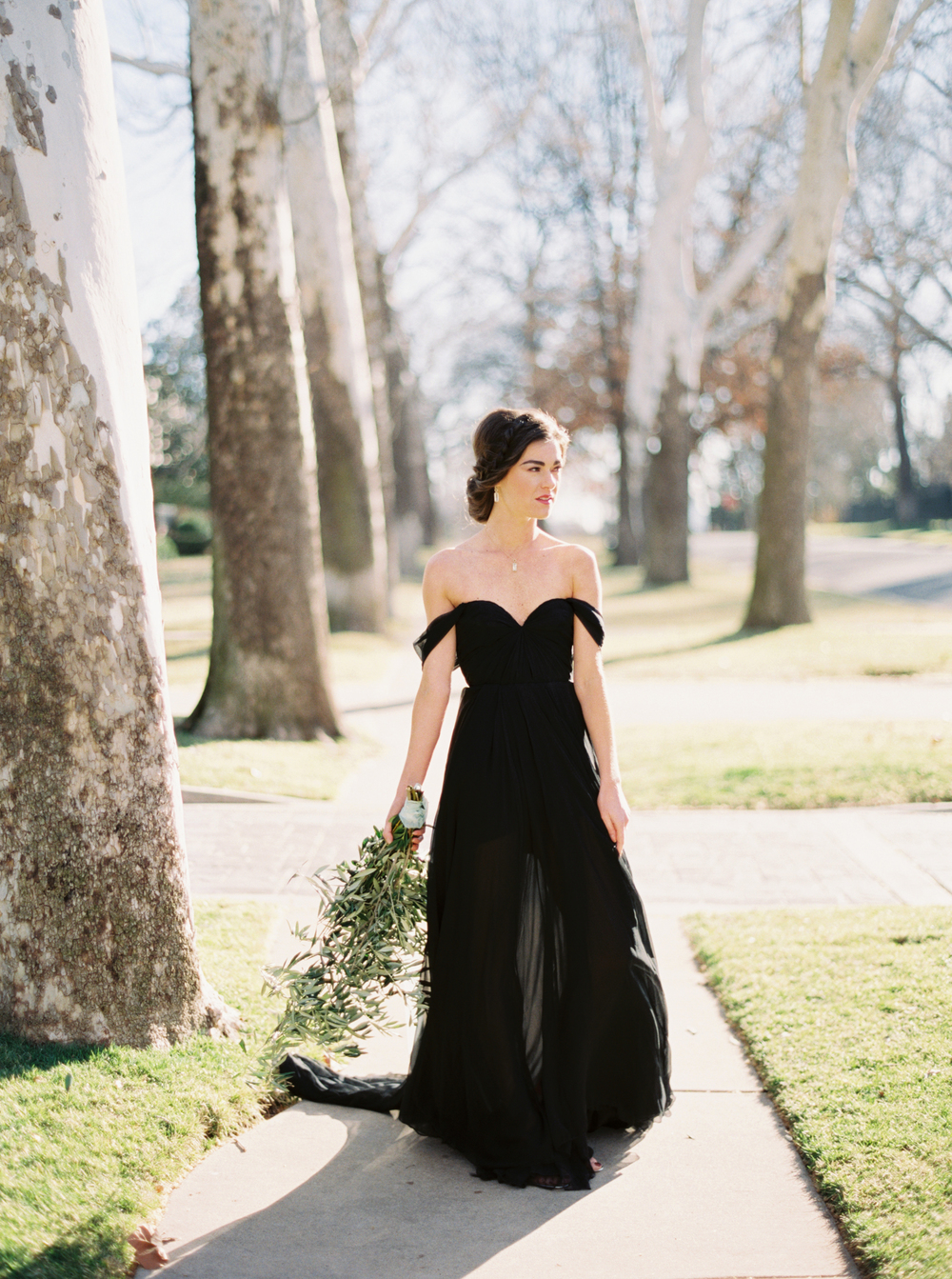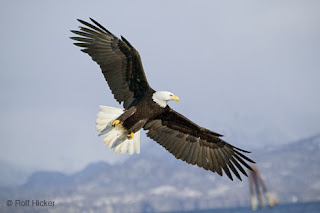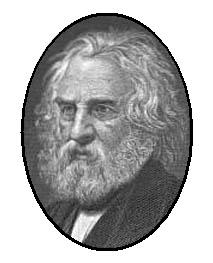Daybreak
By – H.W.Longfellow
Poet Introduction : -
 H.W. Longfellow was ( 1807 – 1882 ) basically a nature poet. He was a American poet and educator. He was a traveler , a linguist and a romantic poet. At the sometime he was rooted in America life and history.
H.W. Longfellow was ( 1807 – 1882 ) basically a nature poet. He was a American poet and educator. He was a traveler , a linguist and a romantic poet. At the sometime he was rooted in America life and history. Poetry Introduction : -
This poem have eighteen lines and Longfellow has personified the presents the poem and message of awakening to other agents of nature and in human world. Poet describes the atmosphere was very mist, still and heavy air.
Analysis : -
In the first two lines of the poem the poet says that, wind come and tells mists give it space and go from there because now it is morning. In the next two lines it calls to the mariners and says start their journey on the sea because night is gone. The next two lines says, hurries come on the landward and cry for everyone to walk up because it is the day.
The next two lines says that wind went to the forest and asked to open the leaves and create the sound. Next two lines says the wind touched folded wing of wood bird and said to open the wings and their singing and fly. Next two lines, it went to the form and requested the clear day is too near.
In the next two lines the wind went to the fields of corn and whispered to the corn and are to rising. And next two lines wind went to the belfry tower because it can wake up to others and orders to proclaim the bell. The last two lines are different compared then the previous lines because wind crossed the churchyard but it feels the sigh because it cannot pass its message to there.
Conclusion : -
poet talks about wind, it passes the message to others, “ Awake and keep on working”.
The rhyming scheme of this poem is AABBCCDDEEFFGGHHII. And figures of speach is Apostrophe.







 Poet Introduction : -
Poet Introduction : - 
